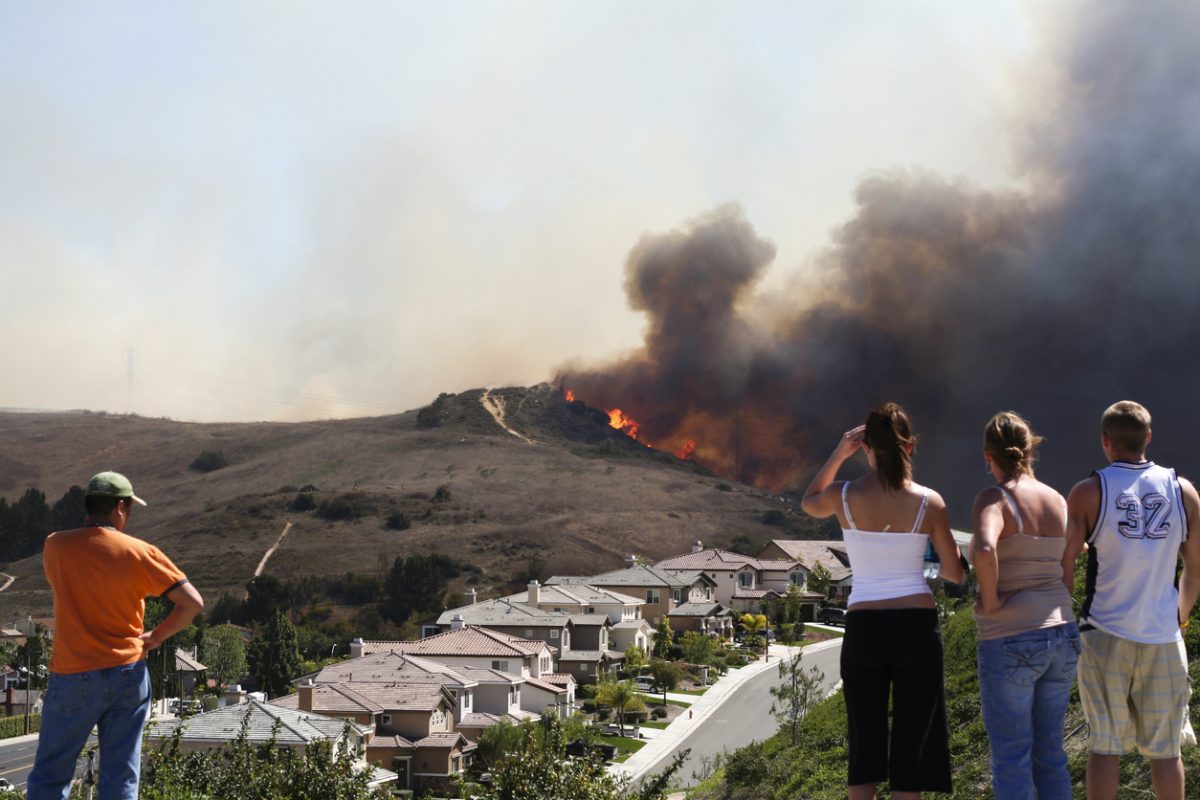
COVID-19 and a Potential Rise in Bullying Behaviors
Cases of bullying have been well documented in the medical and wider health care profession.1 Bullying takes multiple forms, which may be accentuated by the coronavirus disease 2019 (COVID-19) crisis within various settings including health care teams, households, social groups, and especially children and adolescents. Bullying is already a major public health problem, with vulnerable individuals particularly at risk.2 A study3 from 2019 reported that 13.6% of US internal medicine residents said that they had been bullied during their training. The nonprofit antibullying organization Ditch the Label found in their annual survey (November 1, 2018-February 28, 2019) that 1 in 5 young people in the United Kingdom aged 12-20 years have been victimized by bullying.4
During the COVID-19 pandemic, there may be less monitoring and identification of these harmful behaviors and reduced opportunity for victims to access necessary support. We predict that many could now be affected by cyberbullying, workplace bullying, or an exacerbation of existent bullying in familial relationships. The majority of people are working from home, and bullying may manifest through online meetings or communications with colleagues via digital platforms. Limited means are available for victims to escape these environments given the current climate and restricted service provisions. Bullying at work impacts staff morale and well-being and is a well-known problem within health care organizations.5 At a time when resources are constrained and front-line staff are overworked, such bullying behaviors may exacerbate staff burnout.
Bullying is a traumatic experience, which may cause significant psychological distress. It may precipitate various psychiatric conditions including anxiety, depression, and psychotic disorders.6 There is an association with bullying, self-injurious behavior, and suicide.7 Children may present to their primary care physician with nonspecific somatic complaints including gastrointestinal problems, headaches, poor sleep, or emotional problems.8 Individuals may also present with unexplained injuries and demonstrate unusual behavior such as being guarded, withdrawn, anxious, or visibly scared when the physician explores further. If there are signs of physical injury, then a comprehensive clinical examination is warranted investigating for signs of acute and historical trauma.9 The patient’s history and examination findings should be documented contemporaneously.
The clinician should inquire directly about bullying when patients present with signs of mental illness, behavioral difficulties, or psychiatric risk. It is important to review records to establish if there is an existing chronic medical illness or disability, previous physical injury, or any social difficulties. Risk factors for bullying can include financial deprivation, previous bullying history, familial discord, domestic violence, problems with schooling in children and adolescents, and substance misuse. Those from sexual minority groups and young people struggling with their weight may also be at greater risk.9
The physician should screen for any previous psychiatric history and historic risk in the form of self-harm or suicidality in those for whom there is an index of suspicion regarding bullying. To obtain the relevant details, the clinician should focus on communication and demonstrate appropriate empathy, reflective listening, compassion, and curiosity to form a positive therapeutic alliance.
An integrated and collaborative approach is required in the management of bullying. This may involve the primary care physician liaising with occupational health, specialist organizations, schools, and family members. Children and adolescents require the support of their family to overcome this challenge.9 It is important to jointly develop an appropriate safety plan with the patient by listing the key professionals and their contact details. Victims should be empowered and encouraged to keep up their physical activity, maintain good sleep hygiene, and, importantly, balance their social media usage.10
The familial response to the disclosure of bullying should be monitored closely and more so if there is concern about potential bullying in the household. Prompt identification and management is paramount to prevent further harm. Any psychiatric risk or signs of mental illness should be managed appropriately with consideration of referral to specialist psychiatric services. Victims should have regular medical follow-up and be referred to antibullying resources provided by third-sector organizations (Box 1).
Box 1. Online Antibullying Resources
Online Resources in the United Kingdom
- Ditch the Label: www.ditchthelabel.org
- BullyingUK: https://www.bullying.co.uk/
- Anti-Bullying Alliance: https://www.anti-bullyingalliance.org.uk/
- National Bullying Helpline: https://www.nationalbullyinghelpline.co.uk/about.html
Online Resources in the United States
- Ditch the Label: https://us.ditchthelabel.org/
- Stomp Out Bullying: https://www.stompoutbullying.org/
- National PTA Connect for Respect: https://www.pta.org/homeprograms/Connect-for-RespectBullying
Should there be concerns about child or adolescent safety, then the clinician may need to alert social services. Should the victim or family object to information being forwarded to mandatory external agencies, then the physician will need to review the legislative framework in their area. Ensuring the safety of the victim and the environment to which they will return is critical. The COVID-19 pandemic has dramatically affected service provision. It is vital that clinicians take responsibility to ensure that a comprehensive management plan is in place once bullying is identified.
Received: April 22, 2020.
Published online: May 28, 2020.
Potential conflicts of interest: None.
Funding/support: None.
REFERENCES
1.Rimmer A. Bullying in the workplace: almost 40% of doctors think it is a problem, BMA finds. BMJ. 2018;363:k4637. PubMed CrossRef
2.Singham T, Viding E, Schoeler T, et al. Concurrent and longitudinal contribution of exposure to bullying in childhood to mental health: the role of vulnerability and resilience. JAMA Psychiatry. 2017;74(11):1112-1119. PubMed CrossRef
3.Ayyala MS, Rios R, Wright SM. Perceived bullying among internal medicine residents. JAMA. 2019;322(6):576-578. PubMed CrossRef
4.Ditch the Label. Ditch the Label Anti-Bullying Charity website. https://www.ditchthelabel.org. Accessed May 11, 2020.
5.Livne Y, Goussinsky R. Workplace bullying and burnout among healthcare employees: the moderating effect of control-related resources. Nurs Health Sci. 2018;20(1):89-98. PubMed CrossRef
6.Sourander A, Gyllenberg D, Brunstein Klomek A, et al. Association of bullying behavior at 8 years of age and use of specialized services for psychiatric disorders by 29 years of age. JAMA Psychiatry. 2016;73(2):159-165. PubMed CrossRef
7.Soreff S, Xiong GL. Suicide. Drugs and Diseases. Psychiatry. Medscape website. https://emedicine.medscape.com/article/2013085-overview. Updated August 29, 2019. Accessed May 11, 2020.
8.Brooks M. Bullying: serious, lasting psychological consequences. Medscape website. https://www.medscape.com/viewarticle/863138. May 10, 2016. Accessed May 11, 2020.
9.Waseem M, Ryan M, Foster CB, et al. Assessment and management of bullied children in the emergency department. Pediatr Emerg Care. 2013;29(3):389-398. PubMed CrossRef
10.Viner RM, Gireesh A, Stiglic N, et al. Roles of cyberbullying, sleep, and physical activity in mediating the effects of social media use on mental health and well-being among young people in England: a secondary analysis of longitudinal data. Lancet Child Adolesc Health. 2019;3(10):685-696. PubMed CrossRef
aWaltham Forest Mental Health Team, North East London Foundation Trust, Red Oak Lodge, London, England
bBarnet, Enfield and Haringey Mental Health NHS Trust, London, England
*Corresponding author: Ahmed Saeed Yahya, MRCPsych, Waltham Forest Mental Health Team, North East London Foundation Trust, Red Oak Lodge, London, England E11 4HU ([email protected]).
Prim Care Companion CNS Disord 2020;22(3):20com02642
To cite: Yahya AS, Khawaja S, Chukwuma J. COVID-19 and a potential rise in bullying behaviors. Prim Care Companion CNS Disord. 2020;22(3):20com02642.
To share: https://doi.org/10.4088/PCC.20com02642
© Copyright 2020 Physicians Postgraduate Press, Inc.
Please sign in or purchase this PDF for $40.00.



